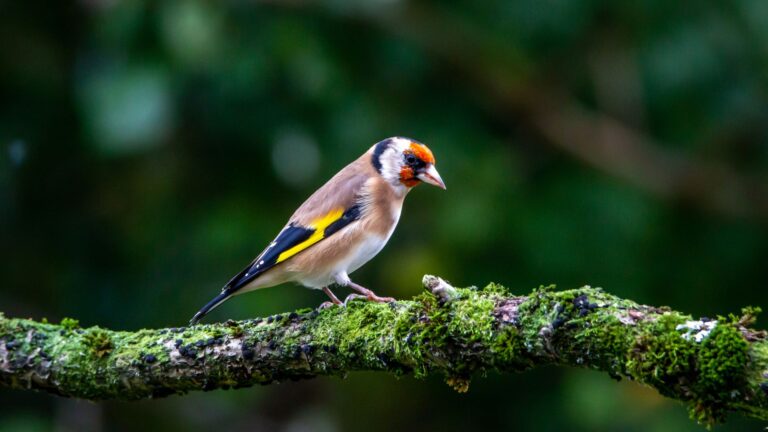Tips For Taking Care Of Fish

Ever watched your finned friends glide gracefully through crystal-clear water and wondered if they’re truly happy?
Keeping fish isn’t just about having a pretty decoration – it’s about creating a thriving underwater world.
Whether you’re a newbie or seasoned aquarist, these practical tips will help your aquatic pals live their best lives.
1. Choose The Right Tank Size
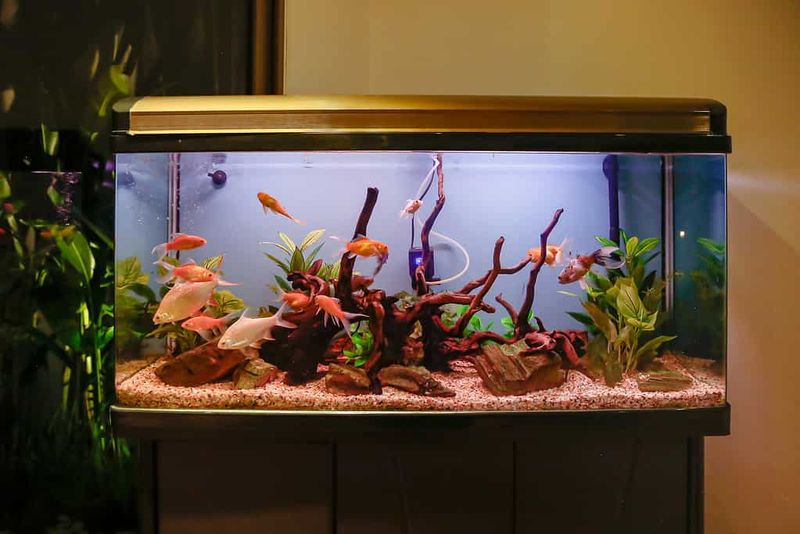
Bigger is definitely better in the fish world! Most beginners make the mistake of cramming too many fish into tiny spaces.
Your finned friends need room to swim and grow. A good rule of thumb: provide at least one gallon of water per inch of fish length.
2. Master Water Quality

Think of water as your fish’s entire world – their air, home, and bathroom all in one! Regular testing for ammonia, nitrites, and pH is non-negotiable.
Invest in a quality test kit rather than those flimsy paper strips. Clean water equals happy fish, while poor water quality leads to stress and disease.
3. Cycle Your Tank First
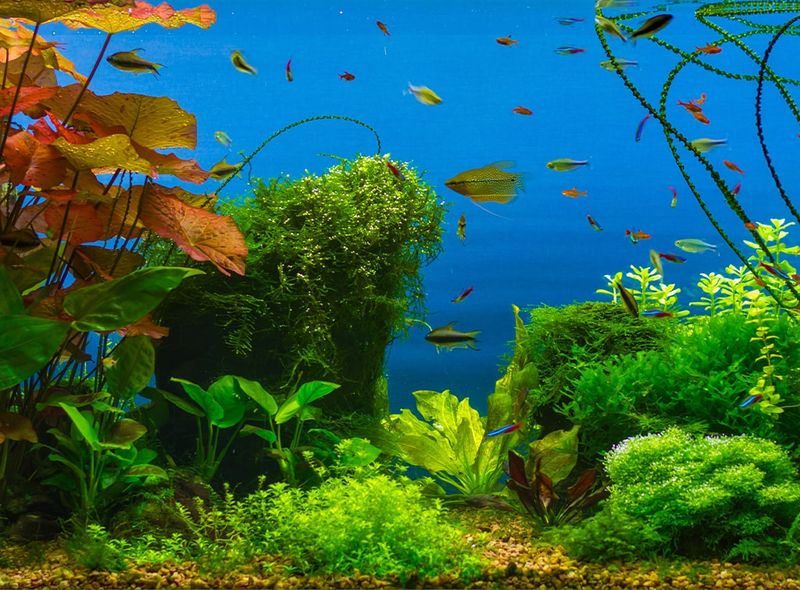
Patience pays off! Before adding any fish, your tank needs to establish beneficial bacteria that break down waste.
This cycling process typically takes 4-6 weeks. Rushing this step is like moving into a house with toxic air. Your fish will thank you for waiting by staying healthy and vibrant.
4. Research Fish Compatibility

Not all fish play nice together! That peaceful angelfish might become a terror when paired with smaller species.
Some fish prefer cooler waters while others need tropical temperatures. Research temperature requirements, aggression levels, and size differences before creating your underwater community.
5. Perfect Your Feeding Routine
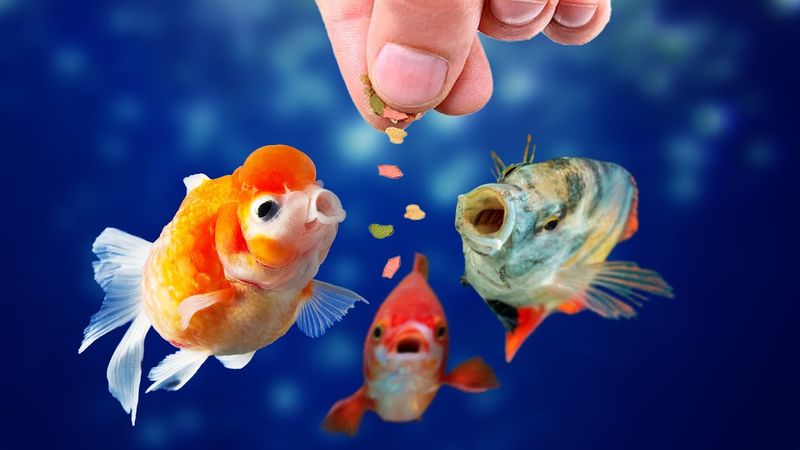
Overfeeding kills more fish than underfeeding! Food should be completely consumed within two minutes.
Vary their diet with high-quality flakes, frozen foods, and occasional treats like bloodworms. Most fish thrive with once-daily feedings, though some species benefit from smaller, more frequent meals.
6. Establish A Cleaning Schedule

Weekly maintenance keeps disaster at bay! Set aside time for regular water changes, typically 20-25% of the tank volume.
Use a gravel vacuum to remove debris while changing water. Don’t forget to clean filter media in old tank water (never tap water!) to preserve beneficial bacteria. Consistency trumps perfection here.
7. Monitor Temperature Carefully
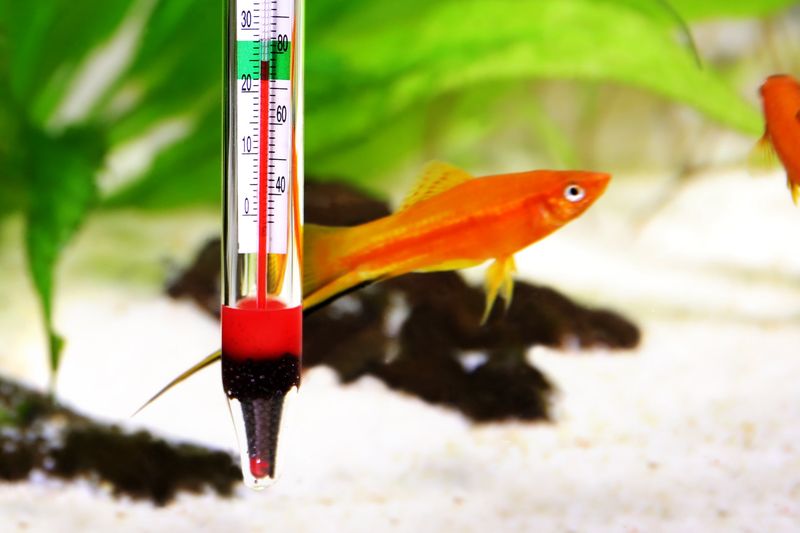
Sudden temperature swings spell trouble! Most tropical fish thrive between 75-80°F, while coldwater species prefer 60-70°F.
Invest in a reliable heater with a built-in thermostat and a separate thermometer to verify accuracy. Place heaters near filter outputs for even heat distribution throughout your tank.
8. Create Natural Hiding Spots
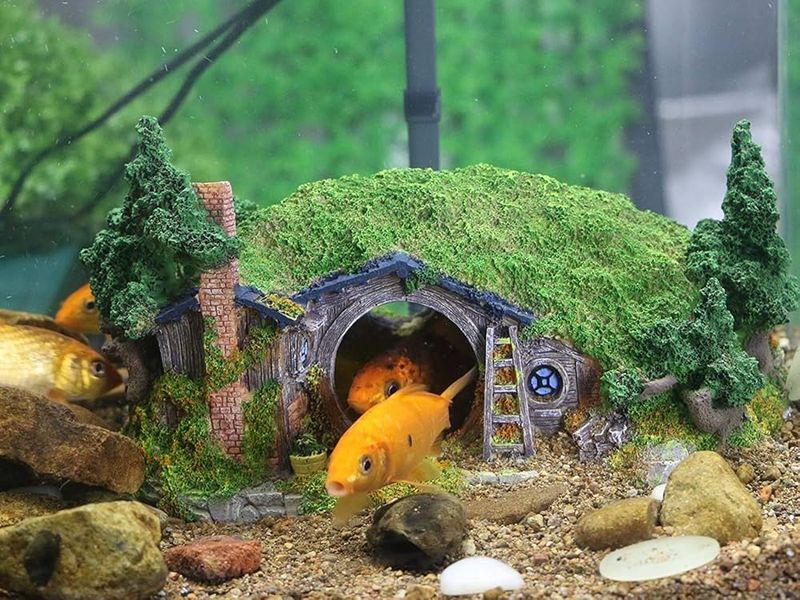
Fish need privacy too! Natural driftwood, caves, and live plants provide security and reduce stress, especially during adaptation periods.
These hiding spots mimic their natural habitats and encourage natural behaviors. As a bonus, live plants improve water quality by absorbing nitrates and providing oxygen. Win-win for everyone!
9. Quarantine New Arrivals

Never skip fish quarantine! New arrivals should spend 2-4 weeks in a separate tank before joining your main aquarium.
This isolation period allows you to monitor for diseases without risking your established fish. Many seemingly healthy fish carry parasites or bacteria that can devastate an entire tank.
10. Light With Purpose
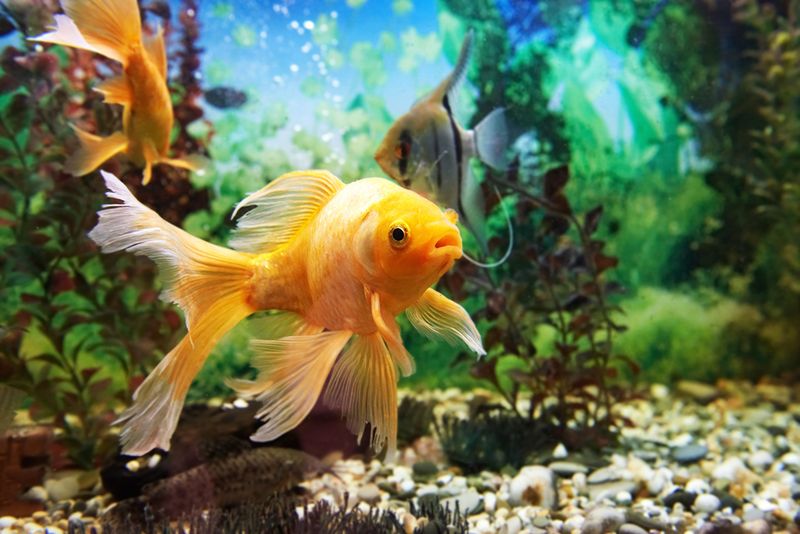
Lighting isn’t just for show! Fish need consistent day/night cycles for proper health and behavior.
Set lights on a timer for 8-10 hours daily. Too much light promotes excessive algae growth, while too little can stress fish and hinder plant growth. Blue moonlights allow evening viewing without disrupting sleep cycles.
11. Avoid Overstocking
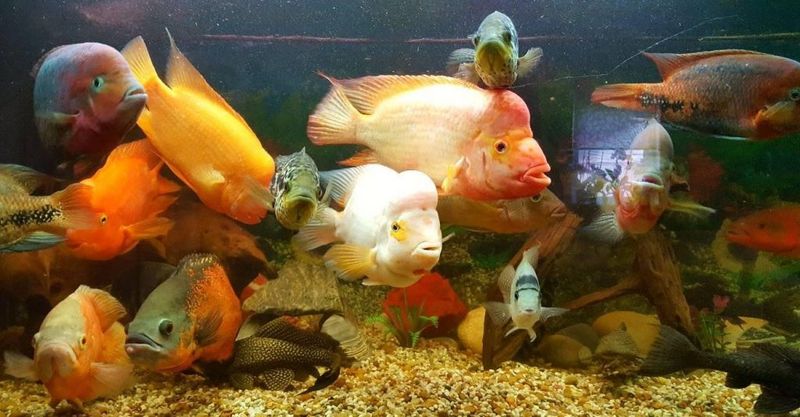
Resist the temptation to add “just one more” fish! Overstocking leads to poor water quality, increased aggression, and stressed fish.
Follow the inch-per-gallon rule as a starting point, but research specific species requirements. Some fish produce more waste than others, requiring more space. Quality trumps quantity every time.
12. Learn Fish Behavior
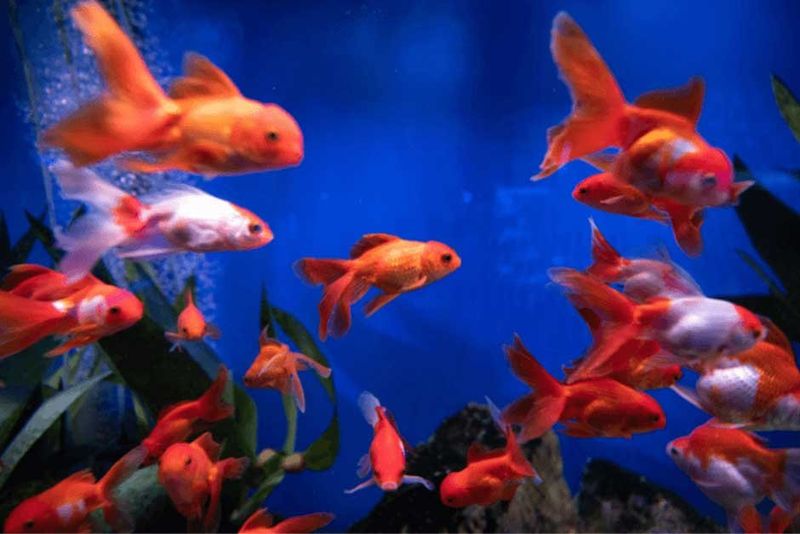
Become a fish detective! Normal behavior varies by species, but sudden changes often indicate problems.
Healthy fish have bright colors, intact fins, and active swimming patterns. Watch for warning signs like gasping at the surface, hiding more than usual, or loss of appetite. Early intervention can prevent minor issues from becoming disasters.
13. Keep A Maintenance Log

Your future self will thank you! Track water parameters, feeding schedules, and maintenance tasks in a simple notebook or app.
This record helps identify patterns when problems arise. Was that algae bloom after a water change? Did symptoms appear after introducing new fish? Consistent documentation transforms guesswork into informed fish keeping.


